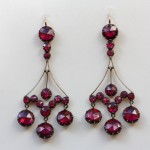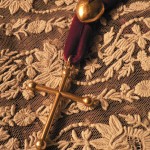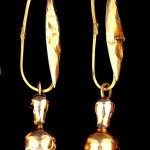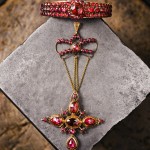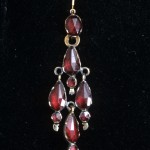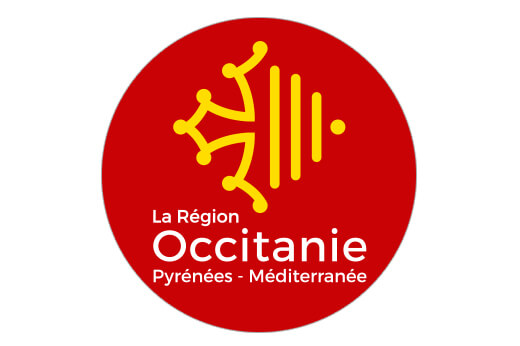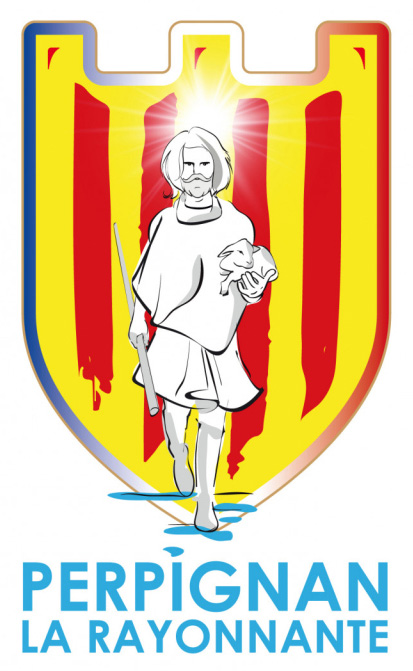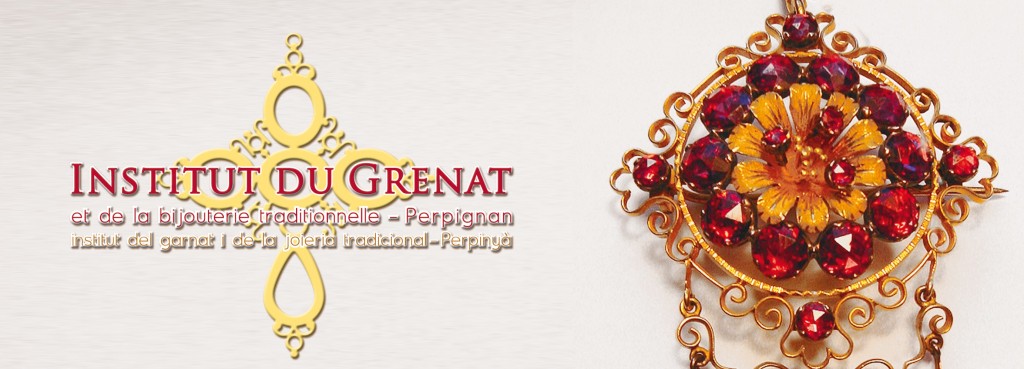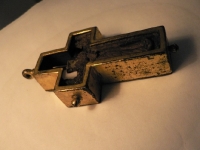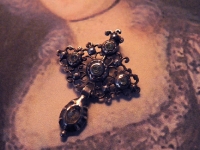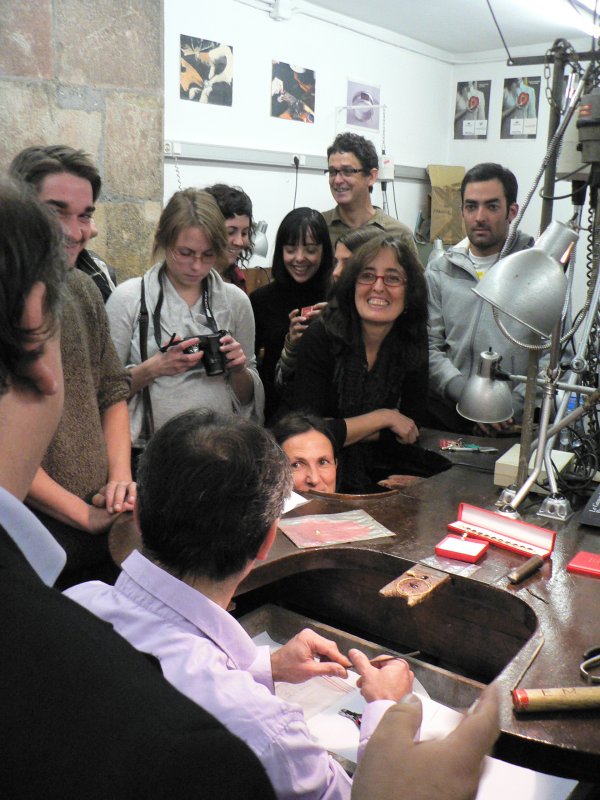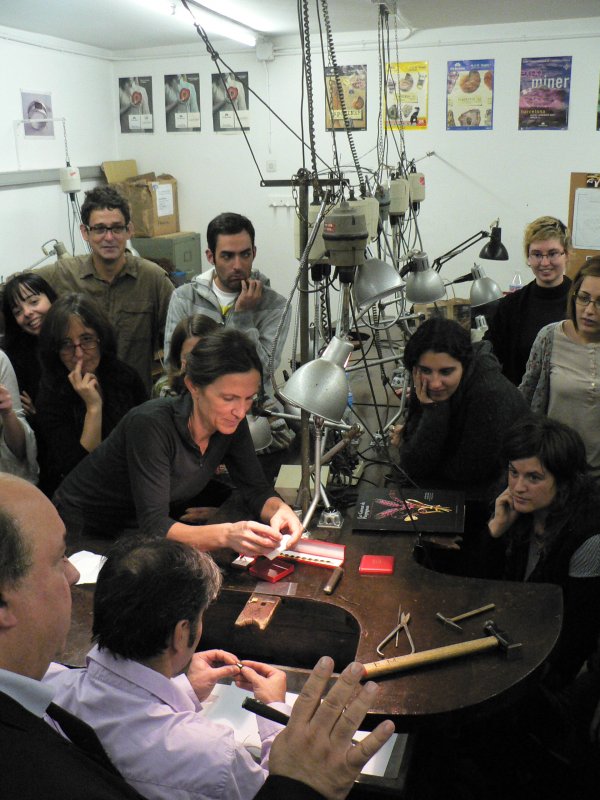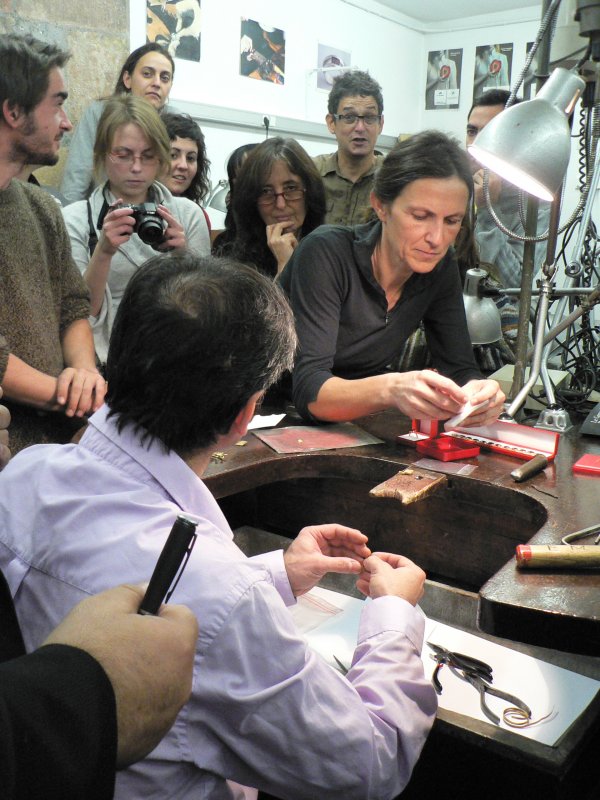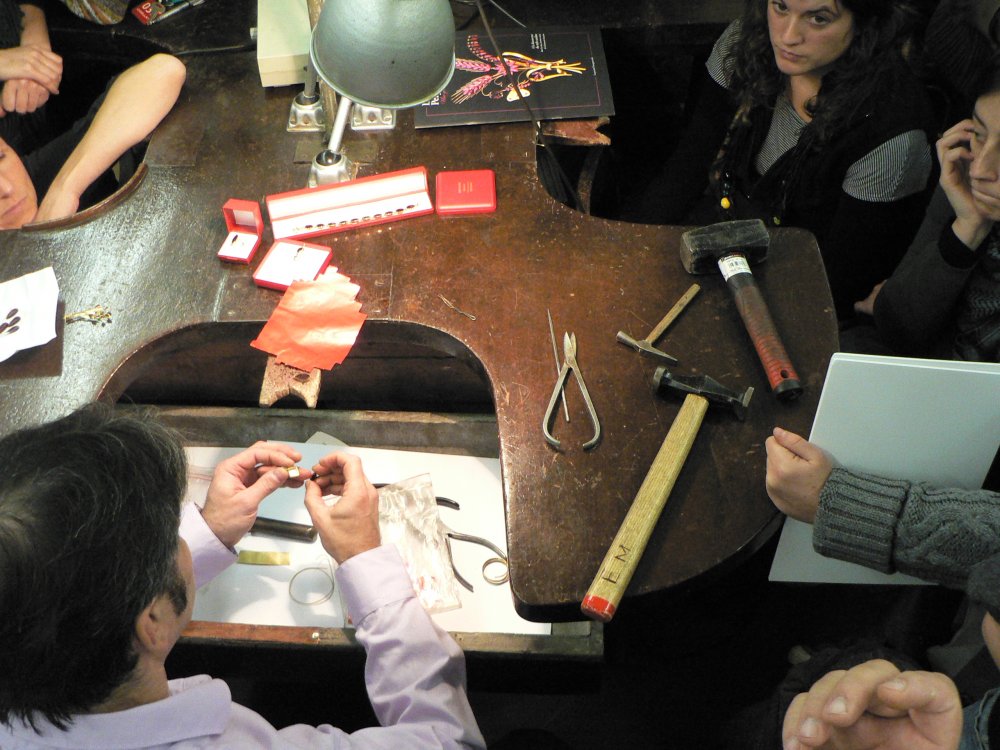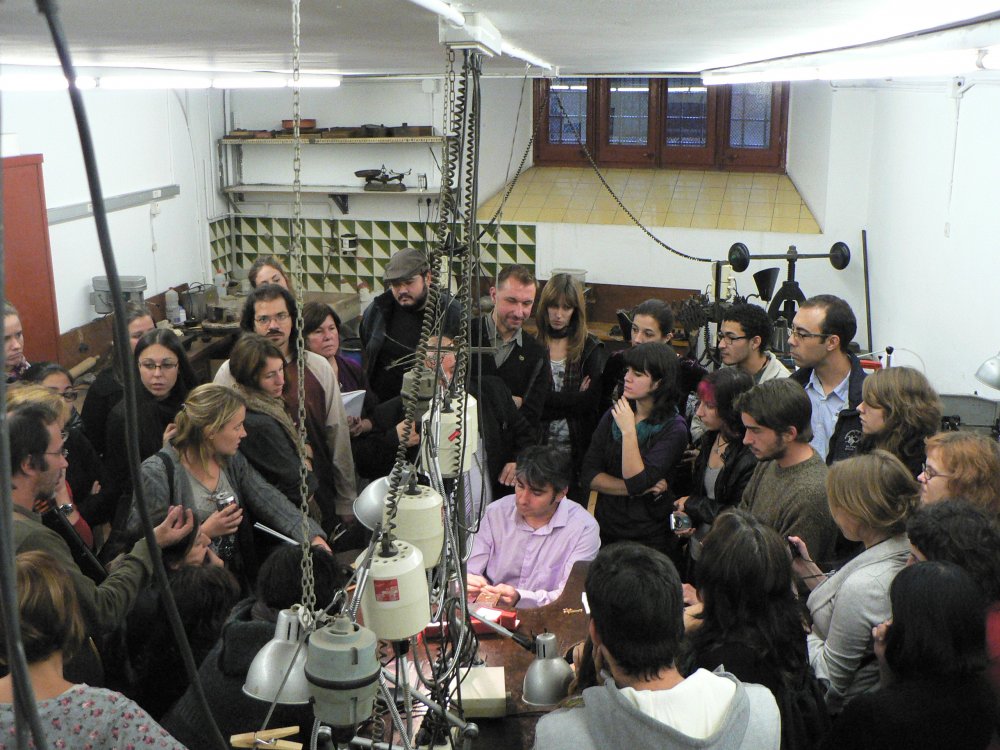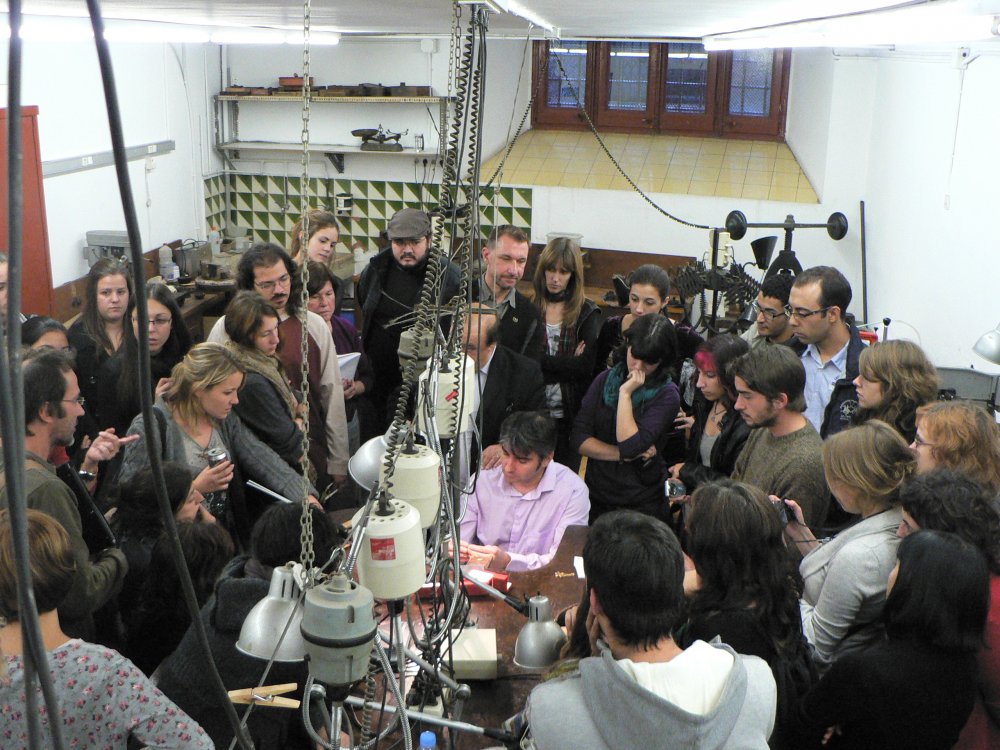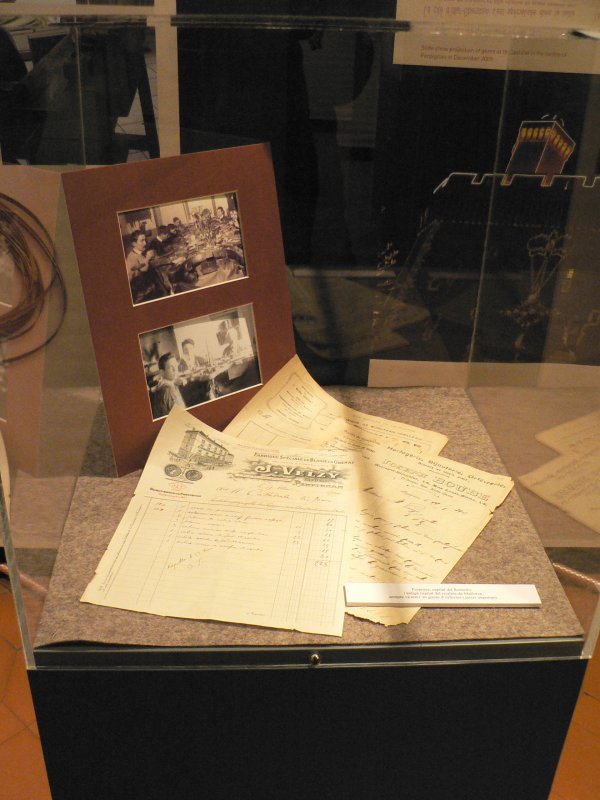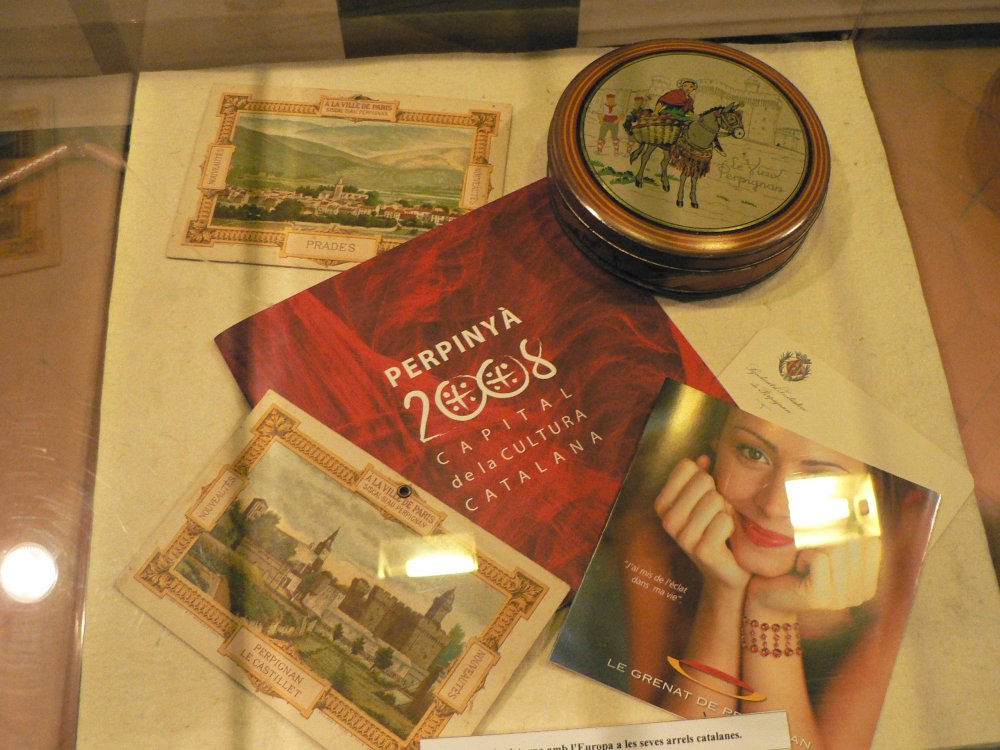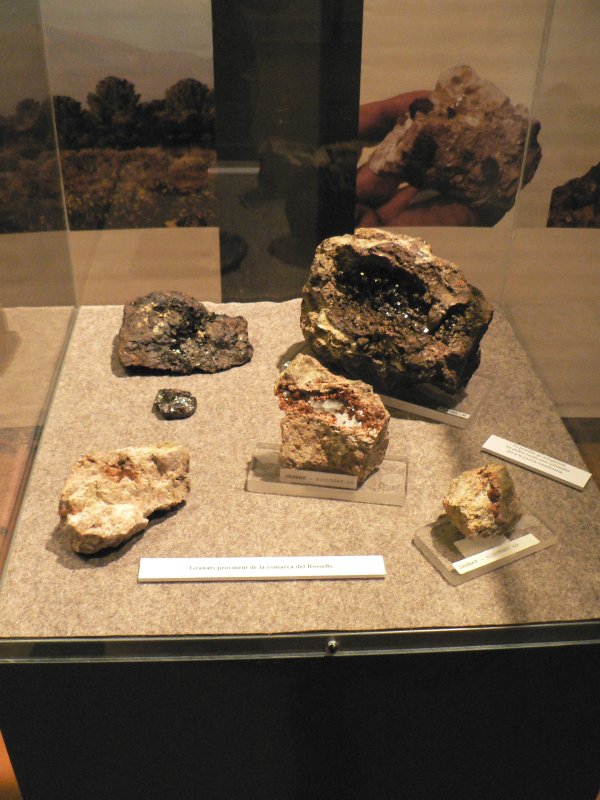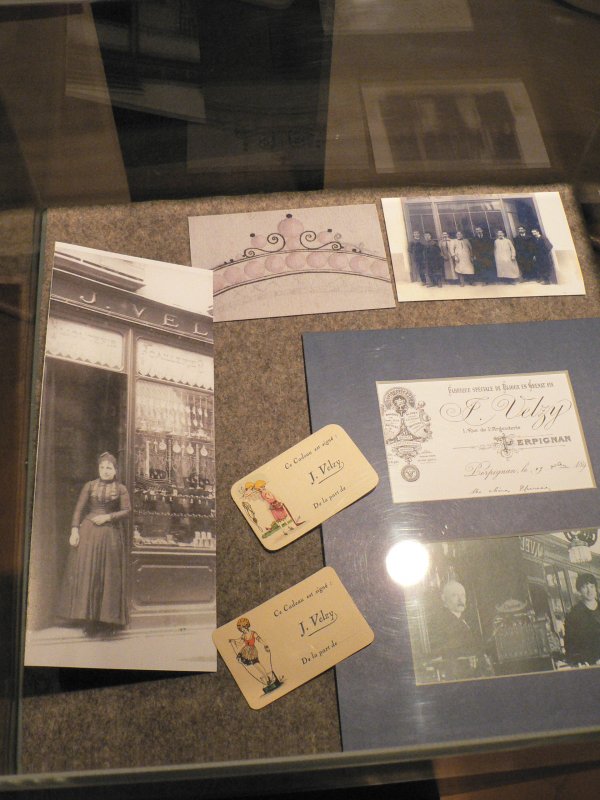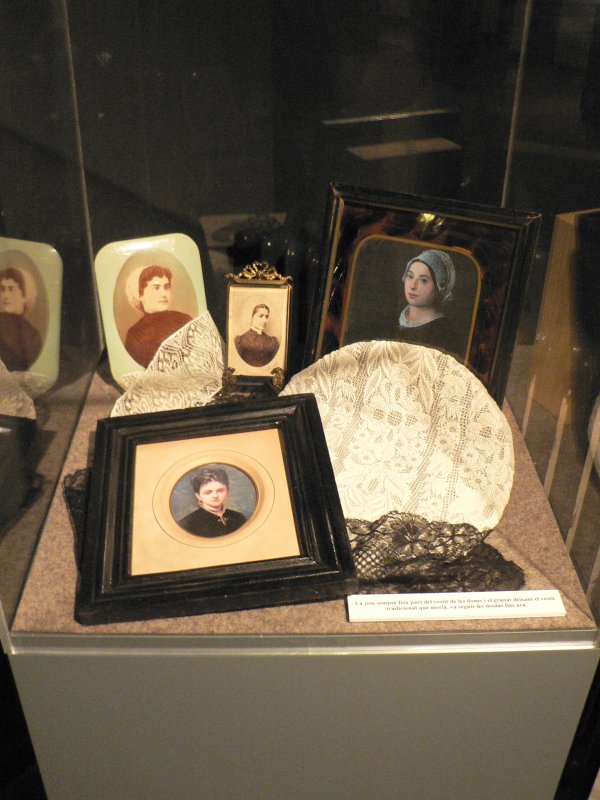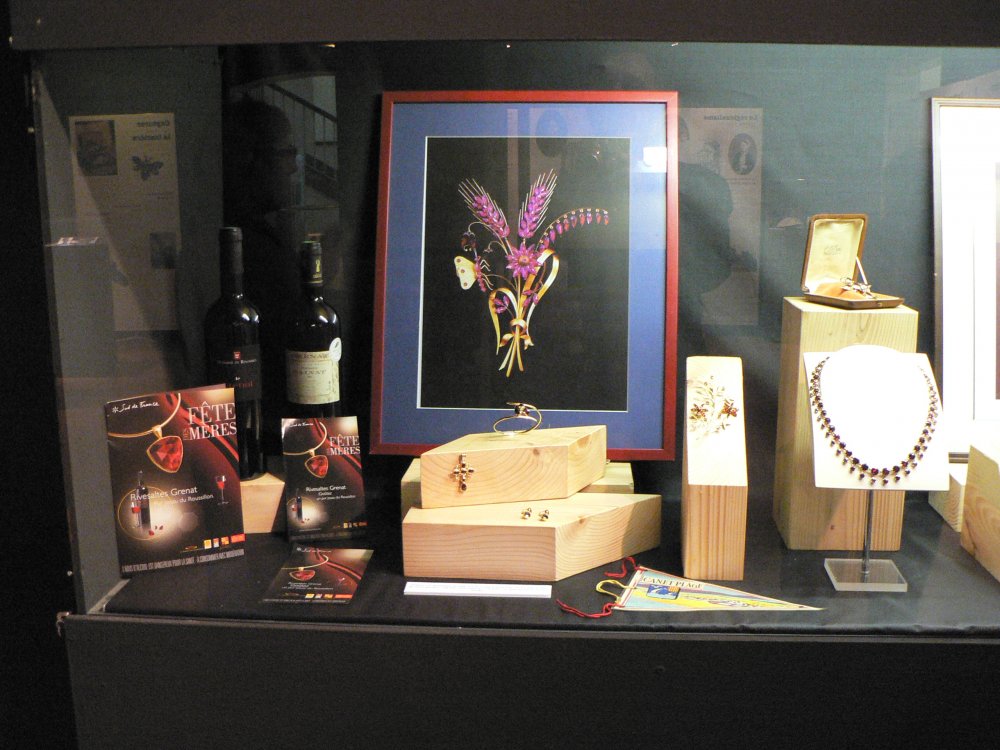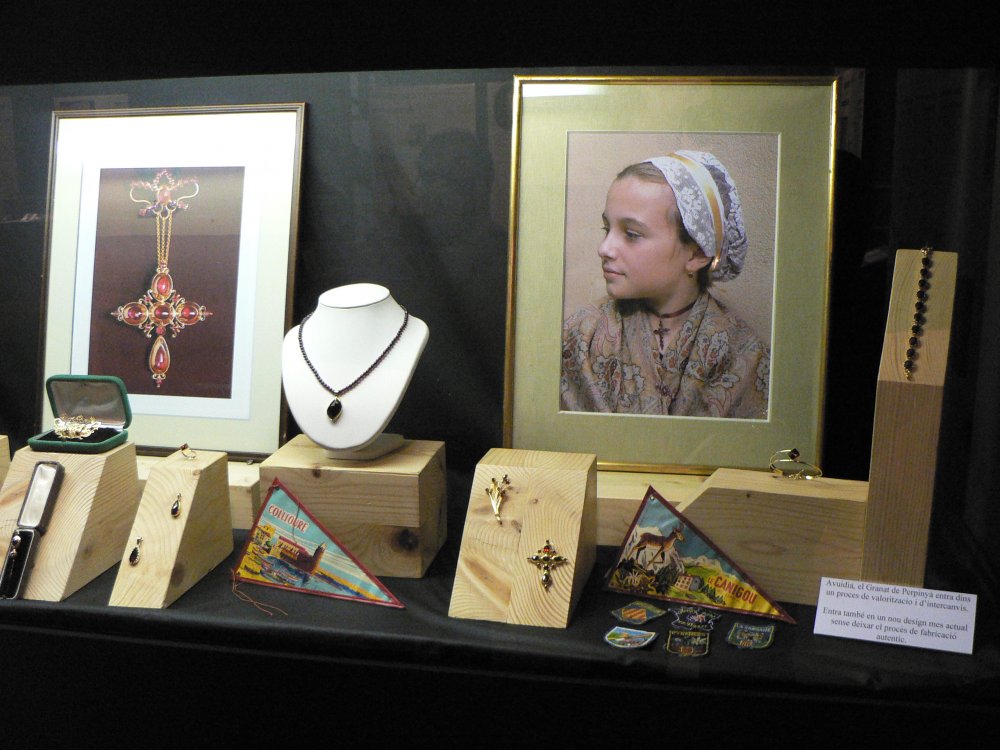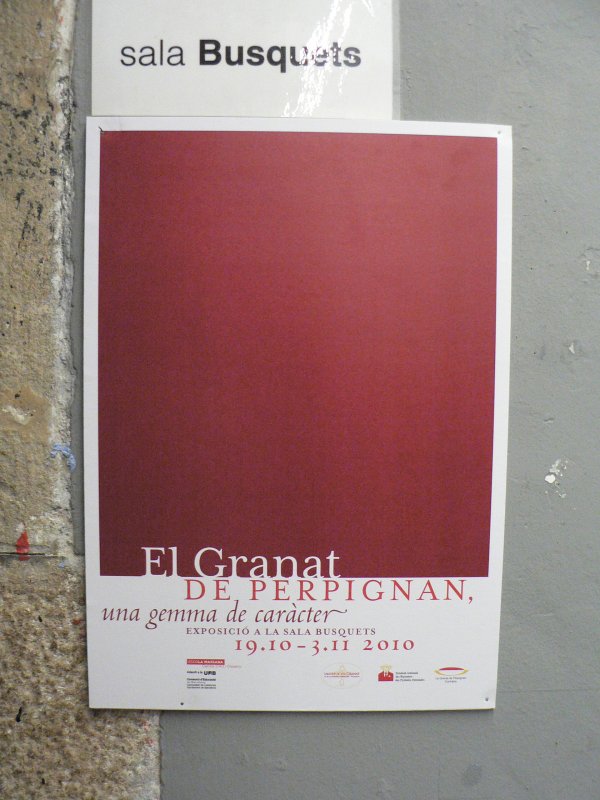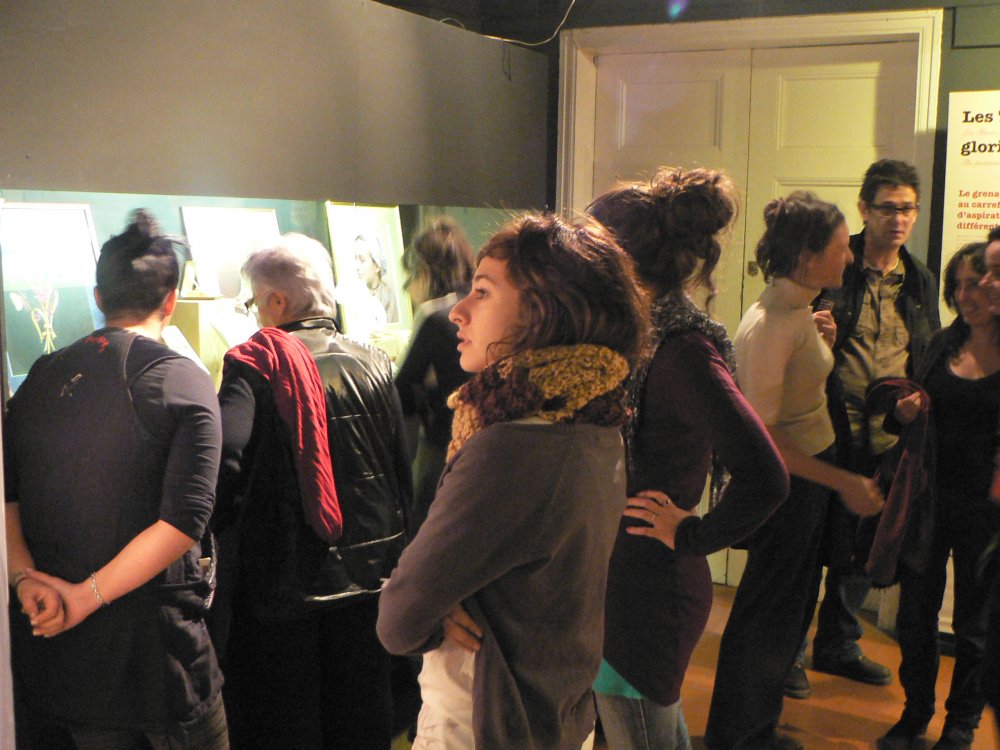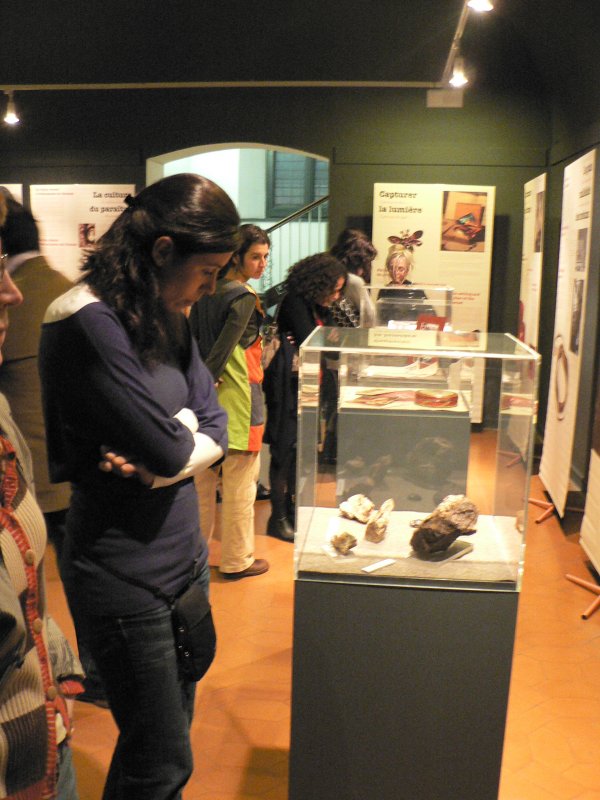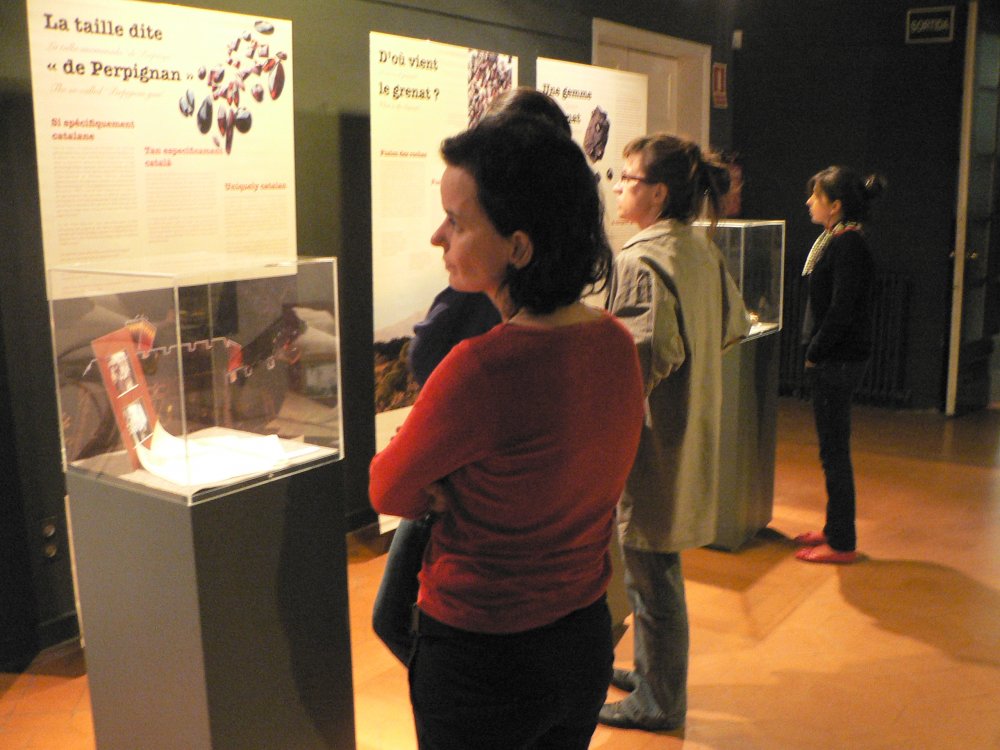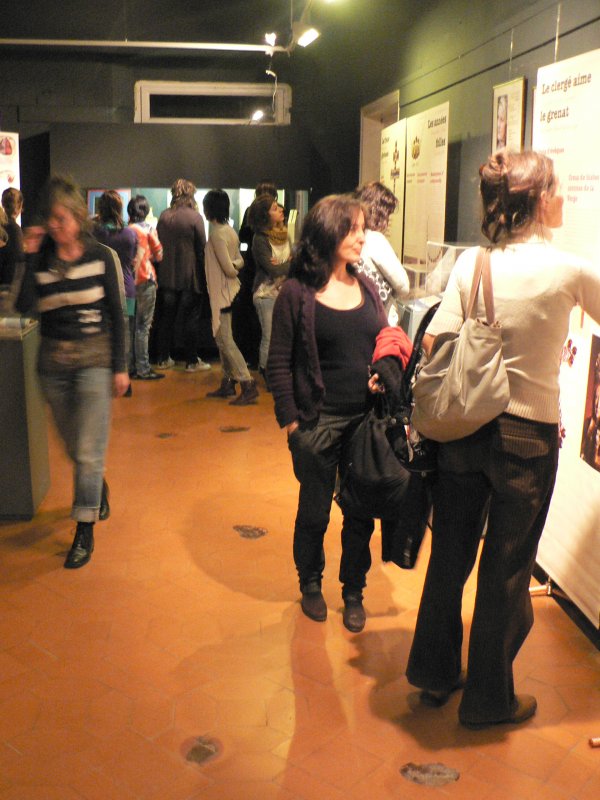Introduction
The traditional Garnet Jewelry of Perpignan is the most prestigious product of the arts and crafts artisans of the Roussillon (Pyrénées-Orientales), in southern France. The Roussillon region is considered Catalan country, in terms of linguistics, ethnology and history. The skills of the jewelers preserve the legacy of the techniques of jewel making from the seventeenth and eighteenth century. Completely handmade techniques preserve the method of stamping and bezel making. This method has all but disappeared everywhere in favor of casting processes.
Tradition
The XVIII century saw the triumph of jewelry. The Roussillon entered the era of prosperity that had moved Europe in to the Century of Light. The fashion of Jewelry spread beyond the circle of the Nobility. Precious stones like Garnets, Rubies, Sapphires and Topaz were widely used in multi-colored compositions. The most ornate necklaces were created with the use of “rose de diamants”, also brilliant rhinestones. A knotted ribbon constituted the most recurring theme in jewelry during the second half of the XVII century. The knot “A La Sevigne”, was a design of rolled gold and Garnets, designed into the Badine Cross. The transparent stones mounted in a bowl like mounting lined with colored silver leaf, the color of the stones. This technique used even today in the Roussillon, increases the refraction of light within the facets of the stone.
Empire and the Restoration
After the horrors of the French Revolution, the Empire again found a taste for items of luxury ornamentation. In Perpignan, the “nouveau riche” again returned to their lands therefore allowing the jewelers of the Roussillon to return to their trades. The taste of the time was for monochromatic use of precious stones, tiaras, and earrings hinged in multiple sections. Until the Second Empire, the refinement of the Jewels of Perpignan was renowned as proven by the patronage of great personalities (The Duchess de Berry, The Duchess d’Orleans). The garnet was used frequently as was citrine and “doublets” of different colors. Noted also was the use of bimetallic jewelry with “rose de diamants”.
Renovation
After 1870, the jewelry of the Roussillon took a decisive turn in its history. Garnet Jewelry became the specialty of Perpignan. The entirety of the jewelry professionals began specializing in the mounting of Garnets in bezel settings, which corresponded to the general demands made by local tastes and regionalism. In effect, the jewels became living emblems of Catalan roots worn on the person. The jewelers themselves became proponents of this revival. They would go on to create pure and current designs. After the style of the Second Empire, it was Art Nouveau that imposed itself on Perpignan in the effervescence and geographic expansion of the city.
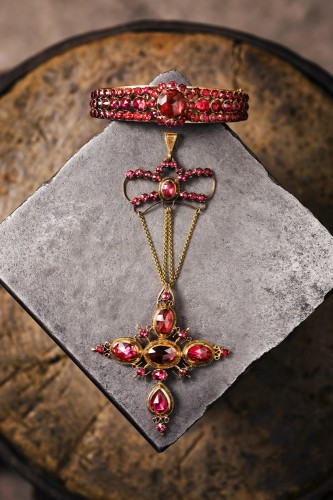
Expansion
After the Great War, the jewelers launched themselves into a jewel of great refinement. This new line corresponded with the passion for Art Deco. In the 1930’s, under the auspices of J. Charpentier, President of the “Chambre Syndical”, Garnet Jewels were championed as the specialty of Perpignan. They were presented at The Paris Exposition in 1931 and 1937. They were presented as veritable symbols of a Roussillon, proud and authentic during the second wave of regionalism with sleek Mediterranean lines and ethics that mirrored those of artists such as Maillol, Han Coll or Manolo Hugue.
Today
If jewelers specializing in garnet jewelry continue to manufacture in the traditional manner, their future can not be sustainable. Awareness is born. Today, garnet jewelry fits into the luxury sector and fashion. It partakes of the sort of reputation of the quality of Roussillon expertise, a pure mixture of Catalan roots and of French luxury in a quest for excellence. The Institut Du Grenat is dedicated to the Garnet gem, that it again become a symbol of modernity while conveying the values of a noble tradition.


